You’ve experienced it countless times. You’re minding your own business, perhaps reading a book or scrolling through your phone, when you suddenly feel those piercing eyes fixed on you. You look up to find your cat sitting perfectly still, staring at you with an intensity that could burn holes through steel. That unblinking gaze can feel mysterious, unsettling, or surprisingly tender, depending on the moment.
Understanding why your cat engages in this behavior can deepen the bond between you and your feline companion. Sometimes those stares carry deep meaning about your cat’s emotional state, needs, or desires. Other times, they’re simply part of your cat’s natural curiosity and observation skills. Learning to decode these silent messages will help you respond appropriately and strengthen your relationship with your furry friend.
The Love Stare: When Your Cat’s Gaze Means Pure Affection

When cats display affection through eye contact, they’re sharing one of their most vulnerable moments with you. This intimate stare often comes with soft, slow blinks that animal behaviorists call “cat kisses.” A soft, relaxed gaze with slow blinking is a signal that your cat feels comfortable and content with you – it’s a sign of trust and love.
In the wild, cats rely on body language to communicate, and closing their eyes – even momentarily – makes them vulnerable. So when your cat looks at you and slowly blinks, it’s essentially saying, “I trust you enough to let my guard down.” You can speak their language right back by mimicking the slow blink – softly closing your eyes for a second or two, then gently opening them – you’re returning the sentiment.
Food Time: The Strategic Hunger Stare
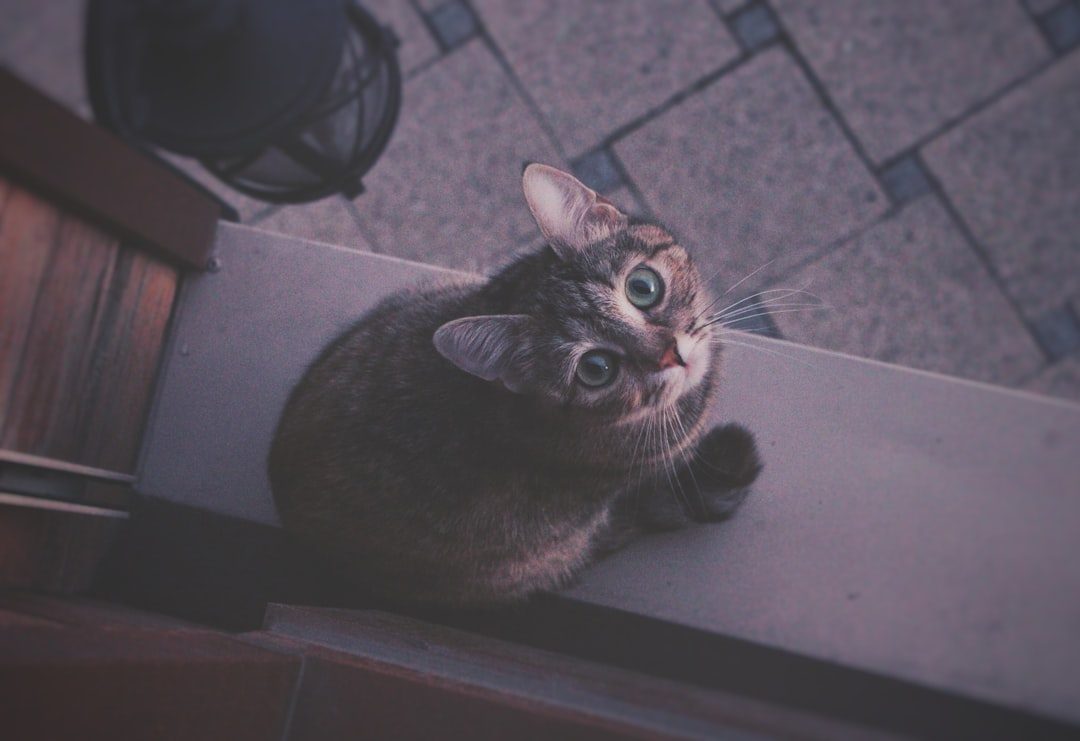
Some cats have been known to stare at their pet parents when it’s feeding time. Once you make eye contact, the cat may vocalize and rub on you. Some cats may then walk or run toward their food bowl, automatic feeder, or the location where the food is kept. Food is often considered the primary motivator for most domestic cats – and they’re not exactly subtle about it. Your kitty knows when it’s time to eat. As mealtime approaches, many kitties spring into action with a routine: they sit next to their food bowls, make direct eye contact with their humans, and unleash a relentless stream of meows and purrs.
They have learned that eye contact (staring) with you results in something they like and will continue to do it to get the same result (play, petting, food). The more you reward this behavior over time, the more likely the cat will stare at you for what they want.
Attention-Seeking Behavior: Your Cat’s Silent Request
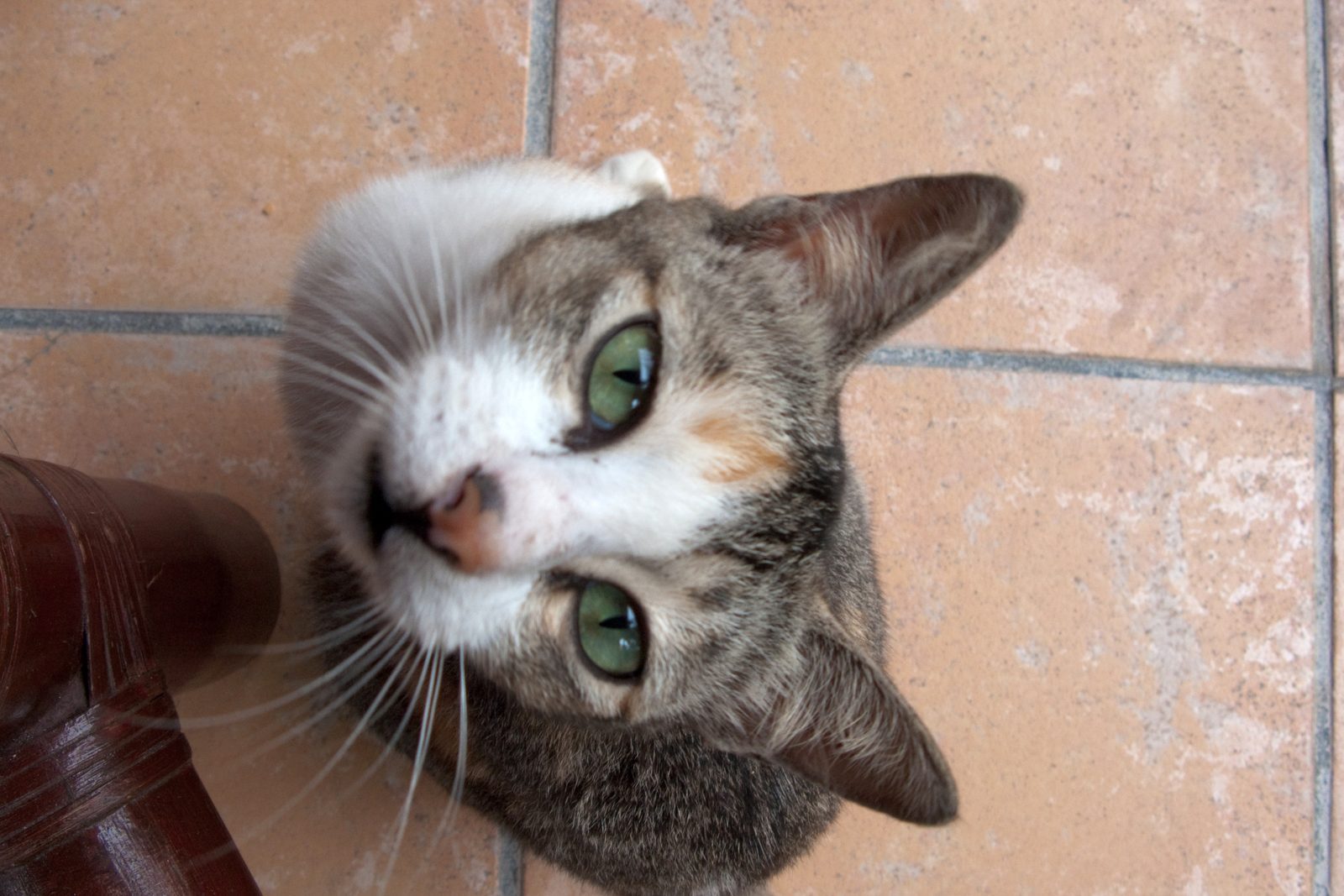
Some cats will learn that staring at their owners gets them the attention that they desire. Cats that do this may block their owner’s path or meow loudly when staring at their owners as well. This could also be a sign that your cat needs something from you as well such as food or water.
One of the most common reasons a cat stares at you is to get your attention. When your cat stares, they’re likely trying to tell you something specific: maybe a request for attention, an expression of affection, or even a signal of discomfort. Your cat has figured out that direct eye contact is an effective communication tool with you, turning their gaze into a sophisticated form of feline persuasion.
Fear and Vigilance: The Watchful Guardian Stare
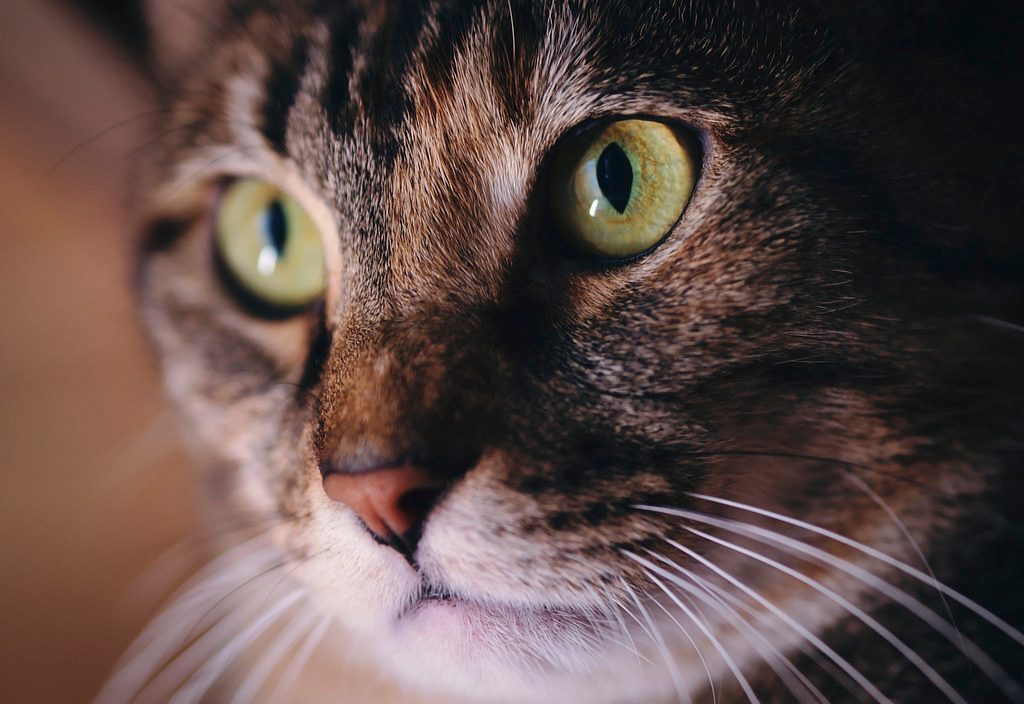
Sometimes a cat stares at a person, another animal, or an object out of fear. The cat is staring to keep his eyes on the stimulus he’s worried about. If your cat’s staring at you whilst also in a crouched position with their tail tucked in, it’s generally a sign that your cat’s frightened. You may also find them hiding somewhere like underneath a coffee table or bed and when they stare at you like this it’s because they’re keeping an eye on the potential ‘danger’.
Cats may stare intensely when they feel scared or uncertain, focusing their gaze to monitor any potential threats. If your cat’s eyes are wide and pupils are dilated, they might feel frightened or anxious. Give them space in these situations and make sure they feel secure in their environment. This type of staring serves as an early warning system, helping your cat stay alert to possible dangers.
Curiosity and Environmental Monitoring

Cats are incredibly curious by nature and they always want to know what’s going on. It could be just that they’re observing you to see if you’re going to do anything interesting and if it’s something they want to be a part of. Curiosity is yet another major reason your cat stares so much. The world is fresh, new, exciting, and intriguing to their little feline eyes, and they want to take it in as much as possible.
Cats are naturally observant animals, constantly studying their environment to understand it better. Sometimes, they may simply be watching you out of curiosity, analyzing your actions or movements. If your cat is relaxed while they stare, they might just be interested in what you’re doing, especially if it’s something new.
Hunting Instincts: The Predator’s Focus

Another reason why cats stare is their razor-sharp hunting instinct, meticulously honed through millions of years of evolution. Such a field of vision allows them to properly perceive depth, height, and distance, which are needed to successfully pounce on their prey. Cats will instinctively lock onto their prey while they ambush.
By staring, a cat can pick up on minute twitches of a mouse’s tail and the subtle changes in the air that carry information-laden scents and even intimidate cornered prey. The intense, even frightening gaze of a cat on the hunt is truly something to behold. There’s a good reason for that urban myth about cats being able to mesmerize their prey with just their eyes! Even well-fed indoor cats retain these powerful instincts, which can manifest when they focus intently on you or moving objects in your home.
Dominance and Territory: The Alpha Stare
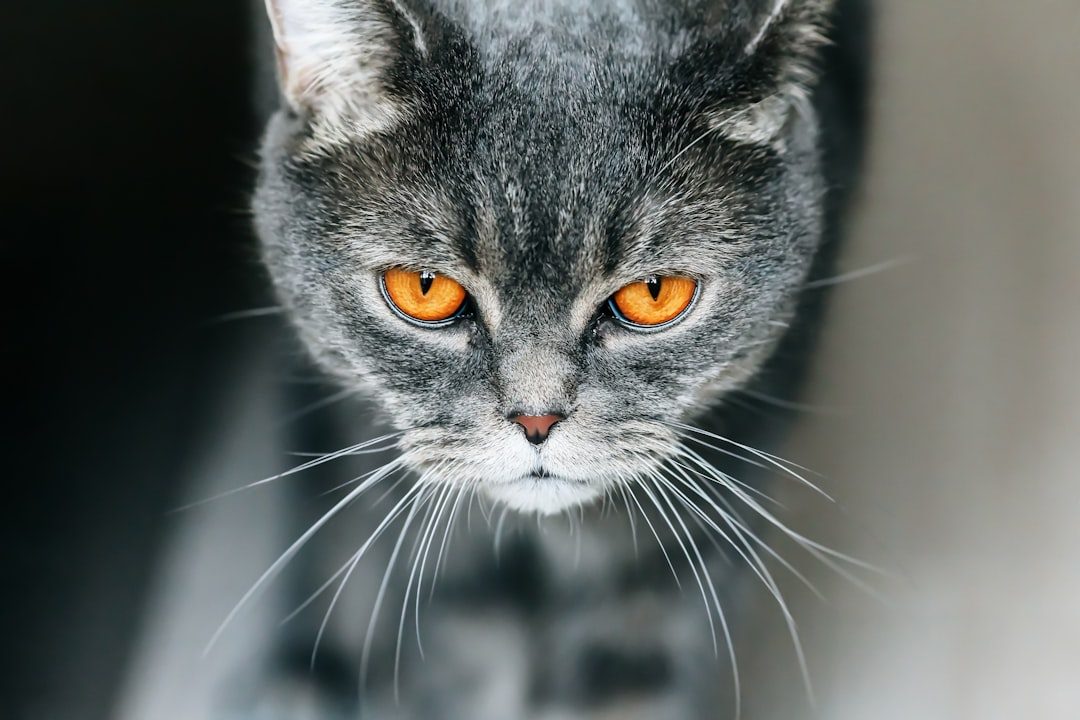
When a cat gives a hard, unblinking stare paired with stiff body language and piloerection along the back and tail, he is telling the other party that if they do not back off, there will be a confrontation. The hard, unblinking gaze is a threat to the other person or animal. The other party needs to retreat and give the cat distance; otherwise the cat may attack.
Dominance: A cat staring at another cat is often asserting dominance and resource guarding. In multiple-cat households, such interactions are most commonly observed in narrow areas, such as a narrow hall leading to a staircase. The dominant cat often tries to block the other cat from passing and stares at them if they approach. Though less common with trusted humans, some cats may use staring to establish their position in the household hierarchy.
Just Being a Cat: When Staring Means Nothing Special
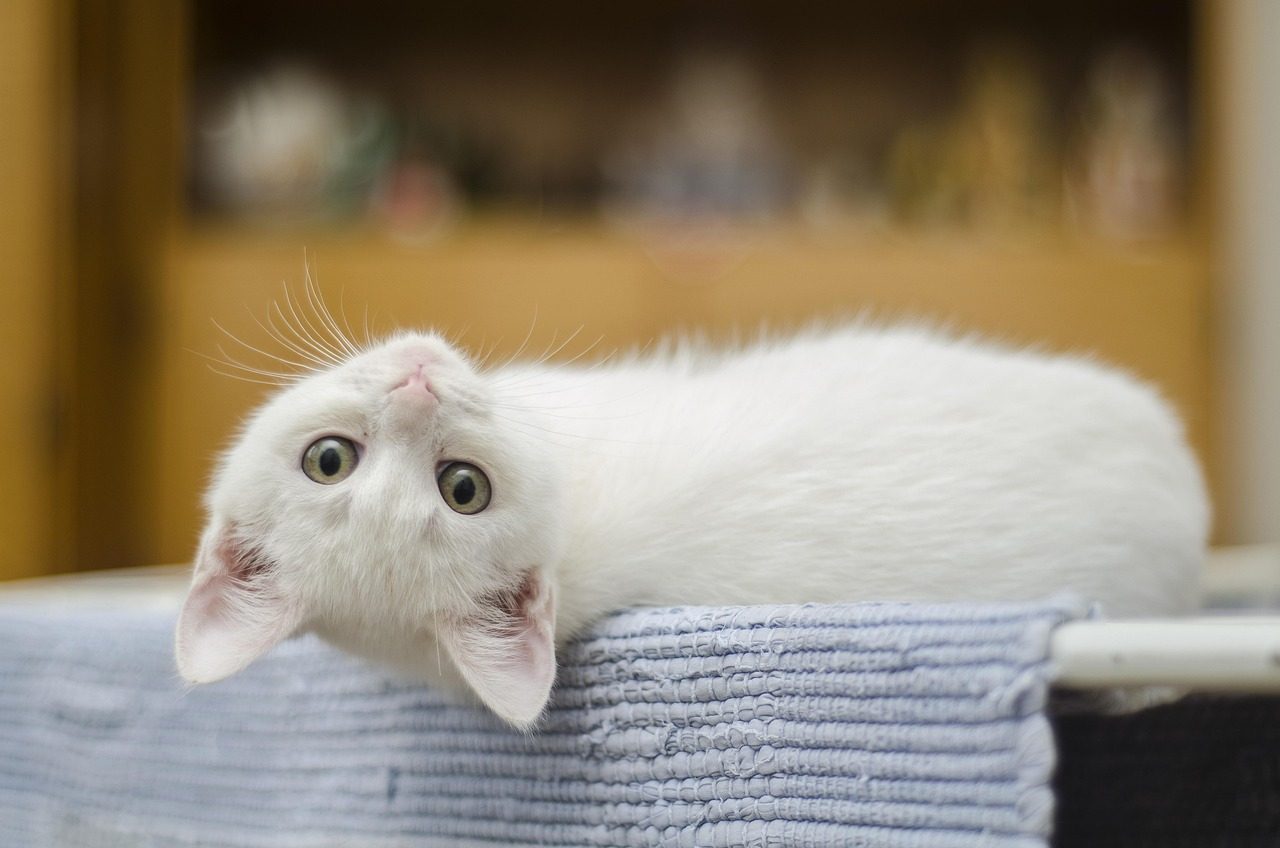
Sometimes, there’s no deep, scientific reason behind your cat’s unblinking stare. The truth is that cats are wonderfully eccentric creatures, and their behavior often walks the line between mystifying and hilarious. That intense eye contact might not be a plea for food, a display of dominance, or a sign of distress – it might just be one of those quirky things cats do.
Finally, the reason your cat might be staring at the wall is for, well, no reason at all! Sometimes we stare off into space for no reason and your cat may be doing the same. Staring is often just part of their curious nature. Your little kitty may simply be observing your figure in the same way they’d watch a bird outside the window or a speck of dust floating through the air. You’re part of their environment, after all, and sometimes you’re just interesting to look at.
Enhanced Senses: What You Can’t See or Hear
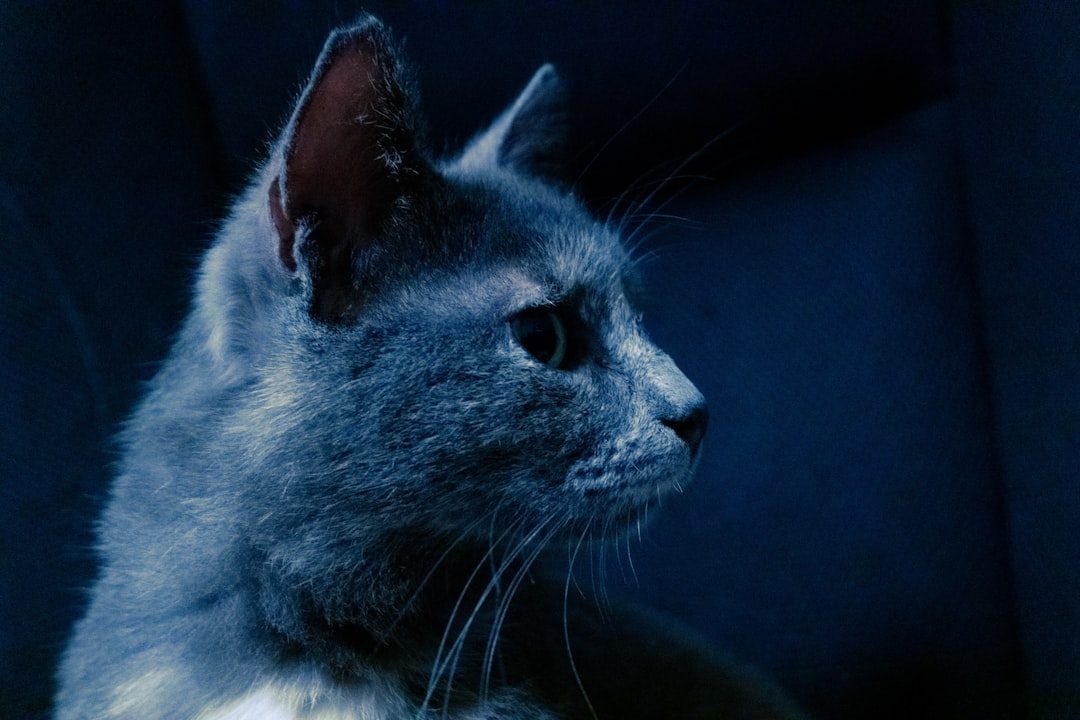
Cats have significantly better night vision, can see UV light, hear frequencies up to four times higher than humans, and possess a sense of smell 14 times more sensitive than ours. These enhanced senses allow them to detect stimuli that are completely undetectable to humans. Cats have a sharp sense of sight, so they’re able to see things in clear detail at a distance and have excellent vision in low light. Such good eyesight allows your cat to see things that you may not be able to see, like a tiny spider, fly or ant. It might even be that your cat is looking at “invisible” beams of light! Cats’ eyes have the ability to see ultraviolet (UV) light, which is invisible to the human eye.
So your kitty may stare at things that they see and hear, but that you can’t detect. What appears to be vacant staring often represents your cat processing sensory information completely beyond human perception.
Processing and Daydreaming
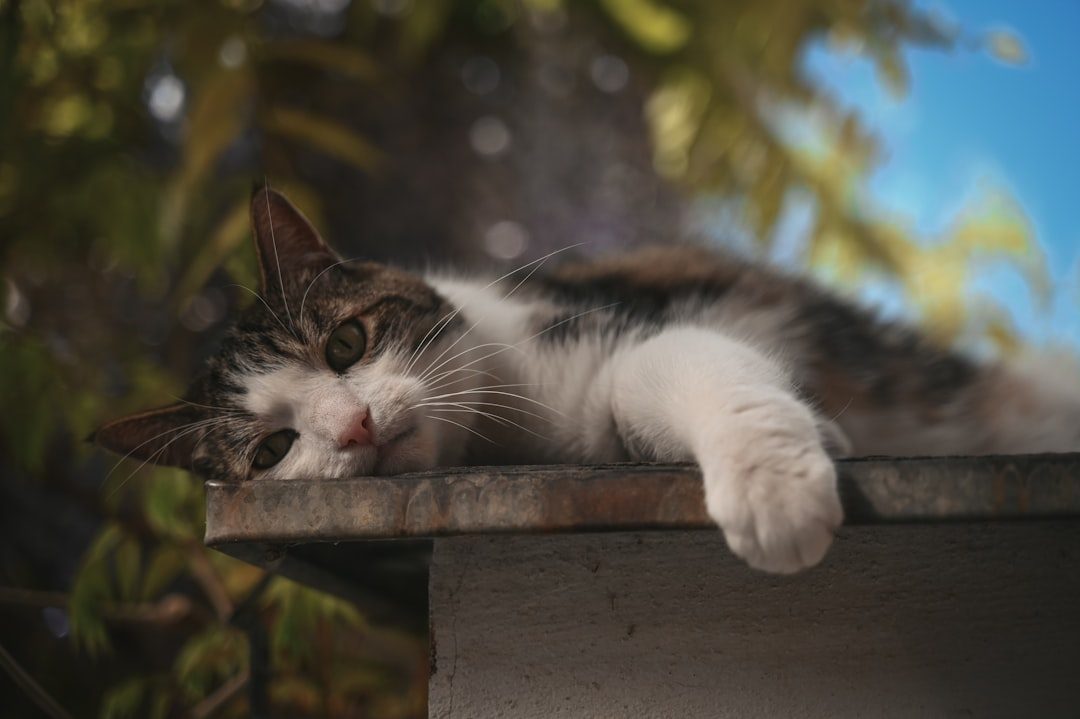
Some research suggests that cats may have episodic-like memory capabilities, though this is still being studied. Episodic memory means the ability to remember a specific past event, such as the first time you had ice cream or the first movie you ever attended at the theater. Cats’ episodic memory may involve remembering that the sun always shines on a pole in the front yard at the same time every day, which, in turn, gives off a reflection. They also may remember a pleasant event or even daydream, much like humans. They might even conjure up pleasant memories for amusement. If your cat is staring out into nothing, it could mean their memory is working.
The truth is, cats, just like dogs, focus on the present. Therefore, if your cat is staring, it’s likely because something has entered the “now,” and whatever it is, it’s captured their attention.
Simply Resting: The Zoned-Out Look

Most of the time, however, when your cat stares at nothing, it’s a harmless behavior. Cats have heightened senses and may be seeing, hearing or feeling something that you can’t – or your cat may just be acting, well, mysterious! Cats love to relax in their favorite spot. Whether they’re resting in the cat condo or staring out a window, odds are you’ll notice your cat staring into space as if they’re under some spell. But why is your cat staring at seemingly nothing at all?
Sometimes your cat isn’t engaged in any meaningful activity at all. They’re simply in a relaxed state where their eyes happen to be fixed in one direction while their mind wanders or rests. This is perfectly normal feline behavior and requires no intervention from you.
Environmental Familiarity: Monitoring Their Territory
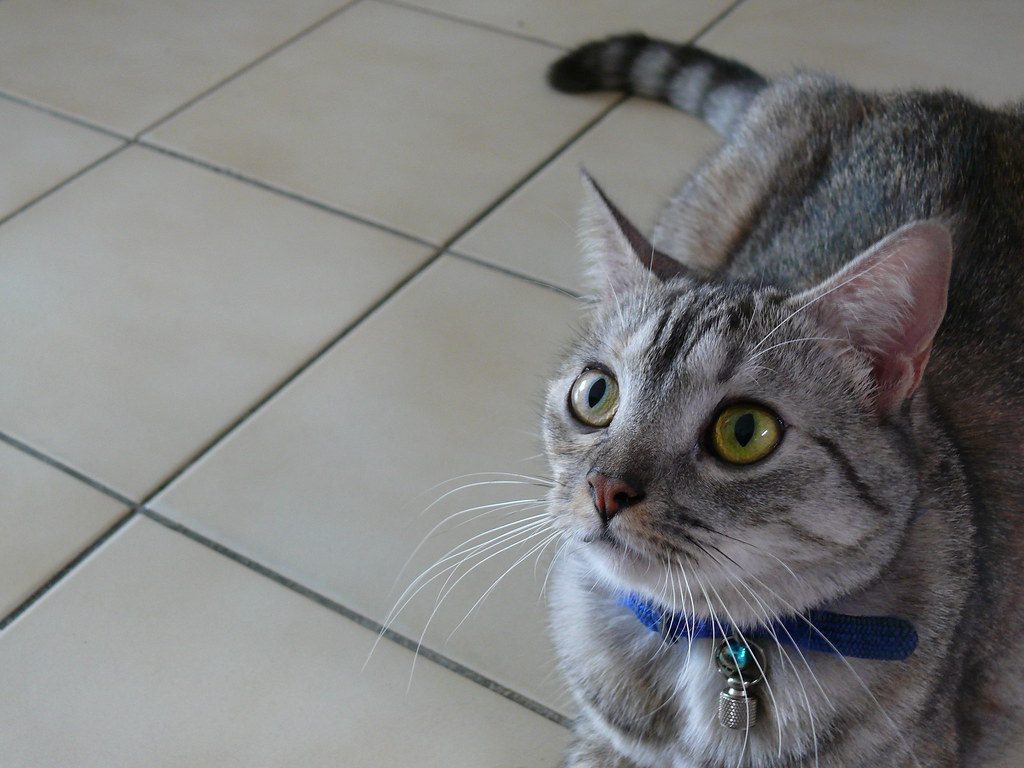
Why does my cat stare at the same spot every day? They may detect consistent scent trails, recurring sounds, or remember previous discoveries in that location. That also means cats tune into sounds and sights of no importance to us. For example, Suchak noticed her cat “always staring at this one spot at a certain time of night” until one day she realized it was a gap in the curtains that revealed a flash of light of a passing car. “It just looked like he was staring at the same part of the wall all the time,” Suchak says, but in his mind he was “monitoring it to see if that was gonna come back.”
Your cat’s territorial instincts drive them to continuously monitor their environment for changes. What seems like mindless staring often represents systematic surveillance of their domain, checking for any alterations in their familiar surroundings that might require attention or investigation.
Conclusion
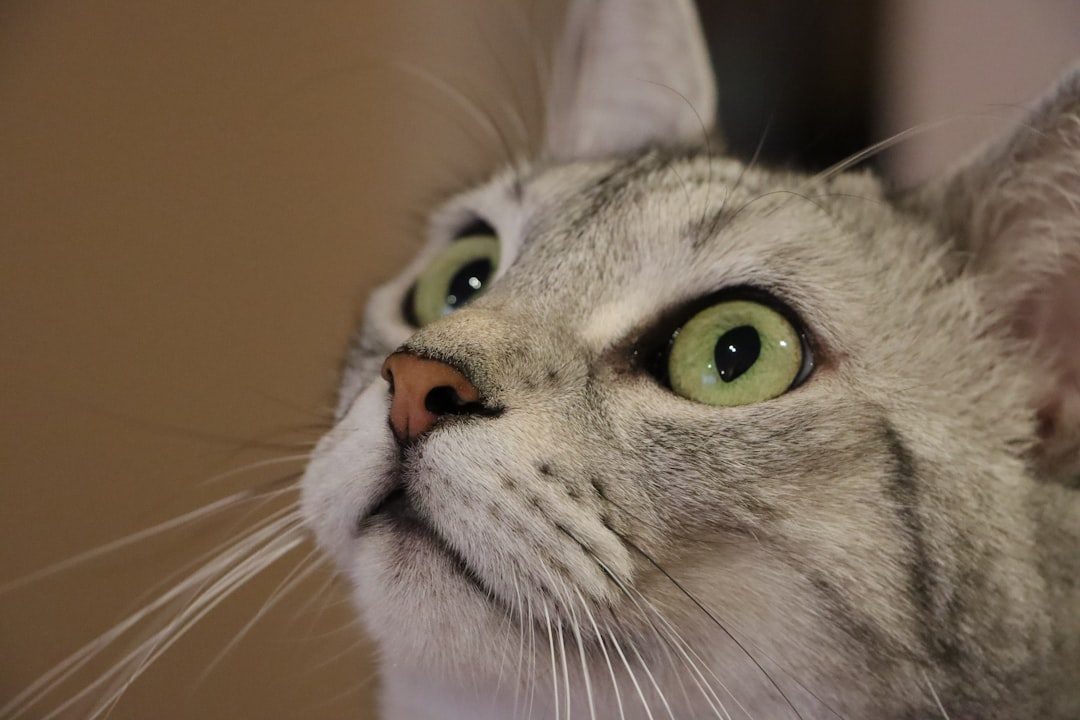
Understanding your cat’s staring behavior opens a window into their complex inner world. Whether they’re expressing deep affection through slow blinks, strategically requesting dinner, or simply exercising their natural curiosity, these silent communications reveal the sophisticated ways cats interact with us and their environment.
The next time you catch your cat in one of those intense staring sessions, take a moment to observe the context and their body language. Are they relaxed and content, tense with fear, or perhaps just being beautifully, mysteriously feline? Remember that most staring is completely normal and often endearing, representing your cat’s way of staying connected with you and their surroundings.
What do you think your cat is trying to tell you during those quiet staring moments? Share your observations in the comments below.





